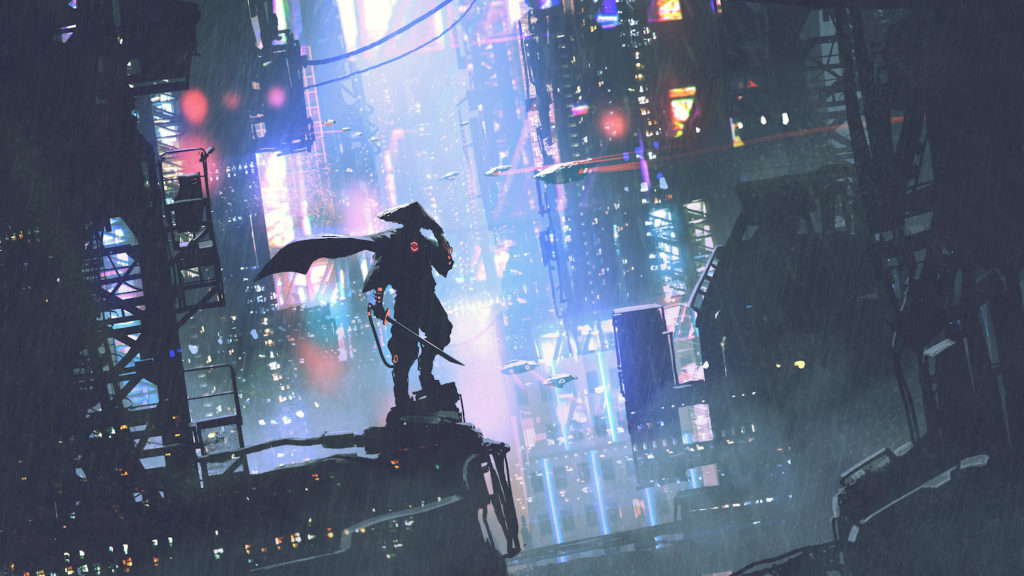
Real Ninja – usually they farmed the land in peacetime, yes, farming. The most important factor being as the Ninja is to blend in. The iconic image of the black costume with throwing stars derive from entertainment creation, but not their main deal. Let’s take a look at real Ninja’s history together.
Table of Contents
Brief History of Ninja
Real Ninja – Shinobi
The ninja who used to be called Shinobi, Rappa or Suppa was a covert agent or mercenary who was most active in the Sengoku period aka the Warring States period.
In the early stages, they were hired each battle and fought as “Ashigaru“, a foot soldier who was good at hit-and-run type attack and later they were trained to work in a structured system to have come to exist in the 15th century.
They were the historical equivalent of intelligence operatives, more like special forces.
Roles – Real Ninja
- Spying
- Infiltration
- Sabotage
- Assassination
Espionage – Real Ninja
The idea of espionage first appeared within Sun Tzu‘s Art of War, which is a classic book for military strategy and tactics.
The book was simply a popular treatise that influenced military strategy in Asia. Those military strategies and those developed later on in China entered Japan.
Such information was introduced probably by Chinese monks who fulfilled the roles of intellectuals, philosophers, and doctors.
Since they traveled around often, they absorbed knowledge and cultures from where they visited.
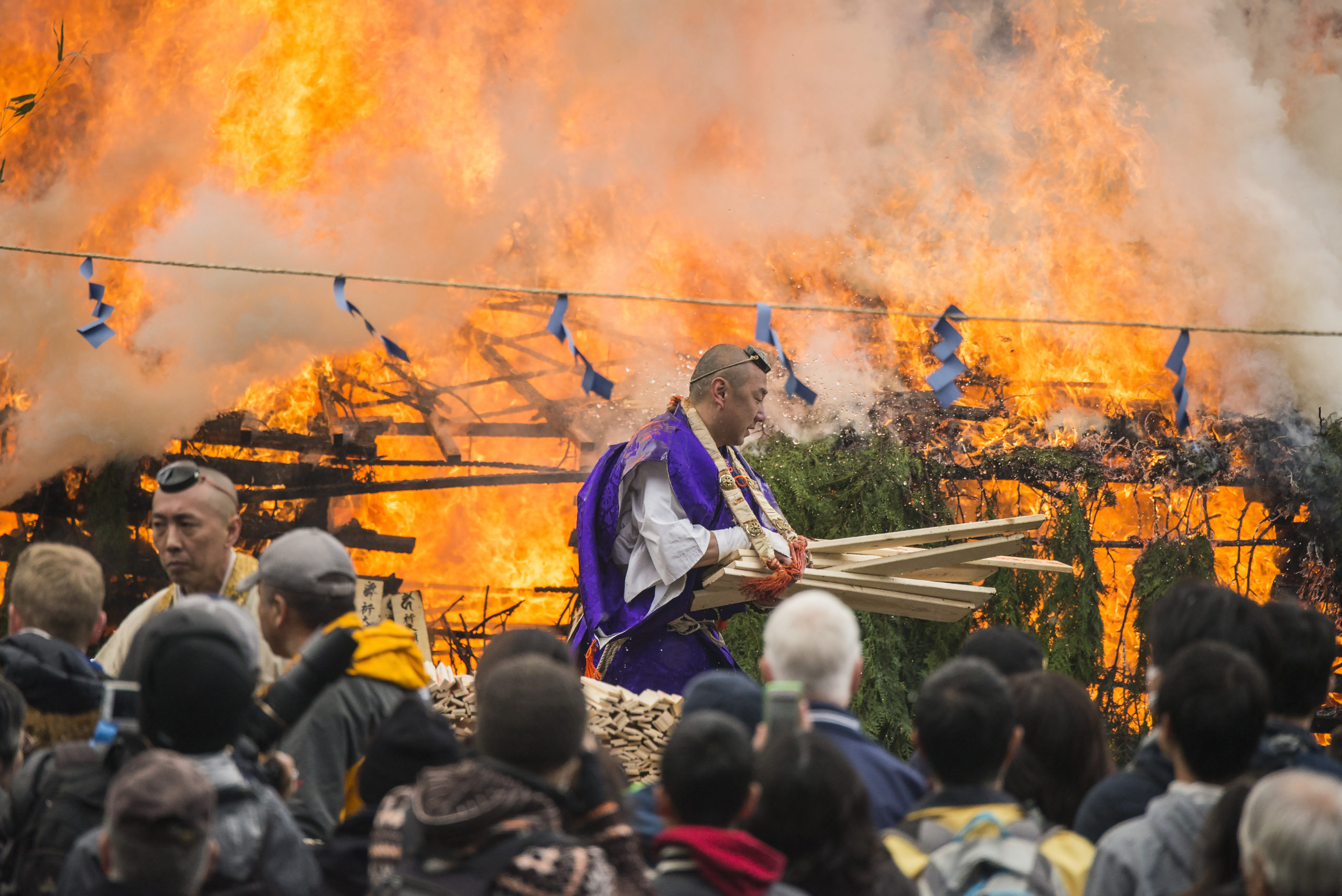
Chinese monks who had their teachings from India later taught medicinal knowledge, military strategies and martial arts to the Yamabushi (mountain monks).
Tengu: The Legendary Japanese Creature of the Mountain
There is a possibility those who absorbed these pieces of knowledge from these monks would have played a large part in forming Ninjutsu during the Sengoku period.
The image of a Ninja in the black clothing came in order to portray a sense of invisibility rather than the fact; the idea borrowed from the puppet handlers of bunraku theater, who dressed in pitch-black uniform to simulate props moving independently of their controls.
The First Ninja – Real Ninja
It’s considered that Otomo-no-Hosohito who came from once-prosperous Otomo family would be the first Ninja existed in Japan in the 6th century. (There are objections to this theory as well.)
The owner was Prince Shotoku, and his powerful relative Soga-no-Umako is said to use the real Ninja as well, but mostly for assassination task.
Prince Shotoku: Constitution, Rank System, and Japanese Buddha
The period Prince Shotoku was alive, it was not the Warring States, the nobility was on the top of the system but local ruling clans were in a tug-of-war with each other.
He needed agents to gather information to protect himself. Some say he is the origin of Koka Ninja.
Kunoichi – Real Ninja
The female counterpart of the Ninja is called “Kunoichi” who infiltrated and worked as a maid gathering intelligence in the enemy’s place.
The red or pink costume of theirs is entertainment creation of the modern time just as male Ninja, “Aruki Miko” (traveling female shaman) who served Takeda Shingen is the most famous example.
Miko: Japanese Female Shamans of Shinto
Ninja in the Edo period – Real Ninja
In the Edo period, some renowned Ninja such as Hattori Hanzo was hired by bakufu (Japanese feudal government headed by a shogun), some of them worked as bodyguards.
However, most of them turned to be farmers as the social condition changed.
Note: The term “ninja” can be used to refer to ninja both in singular or plural form.
Ninjutsu – Real Ninja
The Ninjutsu is the art of making oneself invisible, which has many theories that claim its origin. In some theory, Otomo-no-Hososhito was the first real Ninja who served Prince Shotoku as a secret agent.
Just as the term shows itself, the Ninjutsu doesn’t focus only on combat skills, but on the art of self-defense and escaping as their most important task is to gather information and bring it back to the client alive.
The art of Ninjutsu can be understood to be the gathering of intelligence and the execution of strategic activities that were aimed at diminishing an enemy military might.
The Ninja had to be truly intelligent having vast and comprehensive knowledge of social skills, conversation techniques, mnemonics, transmission techniques, sorcerous, medicine, pharmaceutical, food, astronomy, weather, divination, gunpowder.
Building Rapport by Different Levels of Self-Disclosure Storytelling
They had to survive to bring back the intelligence they collect, so that combined with the superior physical strength and survival techniques based on comprehensive knowledge made up the Ninja.
What we know about the Ninjutsu of Iga is it has its origin in Shugendo.
Those skills and knowledge passed onto villains and to the jizamurai, later would be compiled and organized into documents in the Edo period such as below (English translations from Amazon).
Bansenshukai: It shows the devices such as climbing equipment, water equipment, opening devices, firearms and such are described with pictures.
The Ninpiden – True Ninja Traditions: And The Unknown Ninja Scroll: True Ninja Traditions are a collection of three of the most profound historical works on ninjutsu to have come out of Japan.
Shoninki: The Secret Teachings of the Ninja: The 17th-Century Manual on the Art of Concealment: Presenting all facets of the art of concealment, espionage, and physical prowess, including methods of disguise and survival techniques, this source text also contains teachings on spiritual meditations, psychic powers, the art of face reading, controlling the emotions, and magic spells. Revealing the connection between the ninja and the yamabushi.
The Taiheiki: In its pages, you will find a vivid contemporary description of the fourteenth-century intrigues and battles that led to the destruction of the Hojo family, the military overlords of the nation, and made it possible for the Emperor Go-Daigo (1288-1339), one of Japan’s most remarkable sovereigns, to reassert the power of the throne.
It was common for secret information to be passed orally and why we are able to read those books today shows there was a need for the Ninja to compile their systematic knowledge to hand down to the later generations.
Basic Ninjutsu
“The Art of Cat Clock”
At the time where there was no watch or clock, knowing the time seemed to be difficult. But the Ninja had strong supporters everywhere, cats.
Looking in a cat’s eyes let us know what time is it with a size of pupil. Their pupils are wide open when it’s bright and closed when it’s dark.
“The Art of Handling Dog”
The natural enemy of the Ninja on the operation of infiltration is a dog. They bark at strangers like the alarm, the real Ninja had several ways to handle this matter.
One is to bring a dog which is the opposite sex of the guard dog and another is to see them as often as possible to let them know the Ninja was not the enemy.
If both of them failed, the real Ninja had to neutralize them by giving them the food with poison in it.
“The Art of Ninja’s Physiognomy”
This is the rudiments of collecting intelligence. It’s considered that a man’s character appears on his face, Aristotle from the ancient Greek or Darwin were researching on that stuff.
In the Art of Ninja’s physiognomic, they divide men’s face into three categories from good, normal, and bad which have its origin in China. It can be an indication to know a person.
“The Art of Negotiation and Politics”
Use the ally to mislead the enemy… It’s not necessary for the Ninja to work on the operation with the spirit of fair and square, it’s quite the opposite.
The Ninja is not Samurai, pulling a double-cross was one of the common tactics to execute the mission.
Bushido: Samurai Code of Conduct
The Art of Concealment
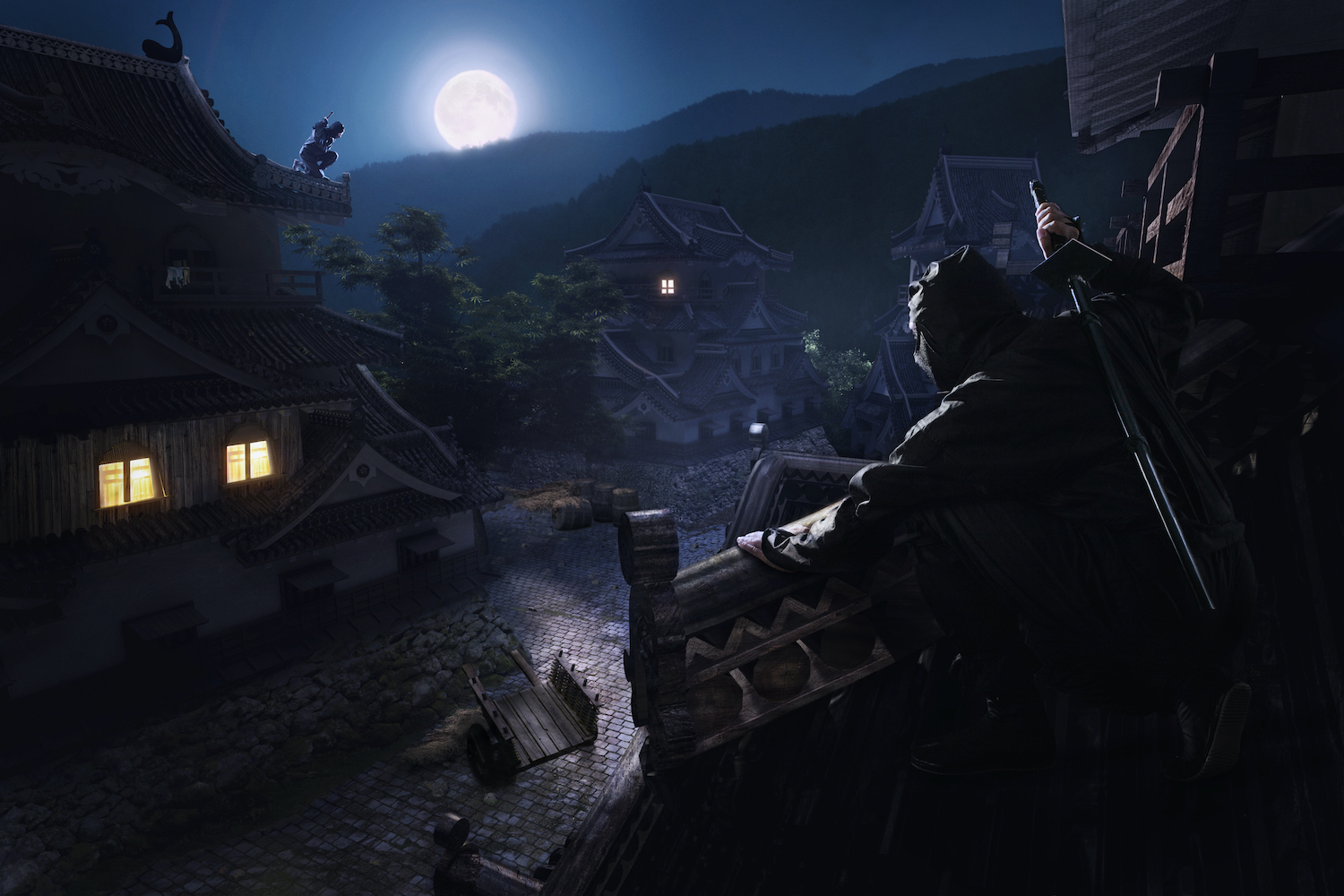
- Fire: Disrupt the enemy by arson and gunpowder (such as firecracker)
- Water: Conceal oneself under water
- Smoke: Lay a smoke screen to flee or perplex the enemy
- Steel: Throw caltrop or stars to flee
- Concealment: Hide oneself in the bush, behind the building, and mimics himself as a rock
Japan is on the volcanic land, there was always a great supply of resource of gunpowder, sulfur.
The real Ninja is said to be the specialist on using gunpowder, especially Iga Ninja. The method of dispensing gunpowder was the most protected secret.
The time there was no lighter, they had a tool called “Sodebi”. It’s kind of a portable calefactory, once you start the fire and put it in the Sodebi, it’ll work as a light for long hours without strike a spark from a flint.
Kuji-Kiri
Kuji-kiri (“nine symbolic cuts” based on Taoism) is a practice of using hand gestures found today in Onmyodo, Shugendo, and Shingon Mikkyo.
It’s to cut the negative, evils off with considering your hands as a knife and the patterns which drew in the air are supposed to make a barrier not to let the negative come in.
The Nine Cuts
- (臨)Rin – Power
- (兵)Hyo/Pyo – Energy
- (闘)Toh – Harmony
- (者)Sha – Healing
- (皆)Kai – Intuition
- (陣)Jin – Awareness
- (列)Retsu – Dimension
- (在)Zai – Creation
- (前)Zen – Absolute
It was popular for its easy application among the Samurai and the real Ninja when they wanted to be concentrated or to ward off evils.
Training – Real Ninja
Espionage and survival skills are the most important factors of all for the real Ninja.
The first specialized training began in the mid- 15th century, when certain samurai families began to focus on covert warfare, including espionage and assassination.
Physical Strength Requirements
- Strong Fingers: They practiced to lift a bale of rice, which weighs 133 lbs by their fingers to strengthen them for the activities on the ceiling to sustain their own weight
- Jumping Power: They planted such as hemp and jumped over it every day, which grew taller fast each day.
- Excellent Eyesight: They trained their eyes to get used to the darkness and had food which elevated their eyesight.
- The Power of Insight: They studied tactics of war and exercised on site which gave them not just the sense of insight but also applied skills.
- Retentive Faculty: They remembered the important information by the wound on one’s hand. By hurting one’s hand
fortified the memory. - Large Lung Capacity: Since the lung capacity is decided by the strength of the diaphragm. By expanding the diaphragm the lung can store more air. They used unique breathing system and were able to breathe effectively.
- The Art of Walking: “The method of Nanba walking” is a unique walking method you put your right foot forward with your right arms, throwing forward at the same time and the same with the left with the left arms, which is considered to be effective to enhance the brain function conserving energy since it doesn’t rotate your hips.
Except for the martial art disciplines, a youth studied survival and scouting techniques as well as information regarding poisons and explosives.
Disguises
As the real Ninja are covert agents, disguises came in various forms to blend in, such as priests, entertainers, fortune tellers, merchants, ronin, and monks.
Notice most of them are frequent travelers that people have no suspicion even if they are not familiar faces.
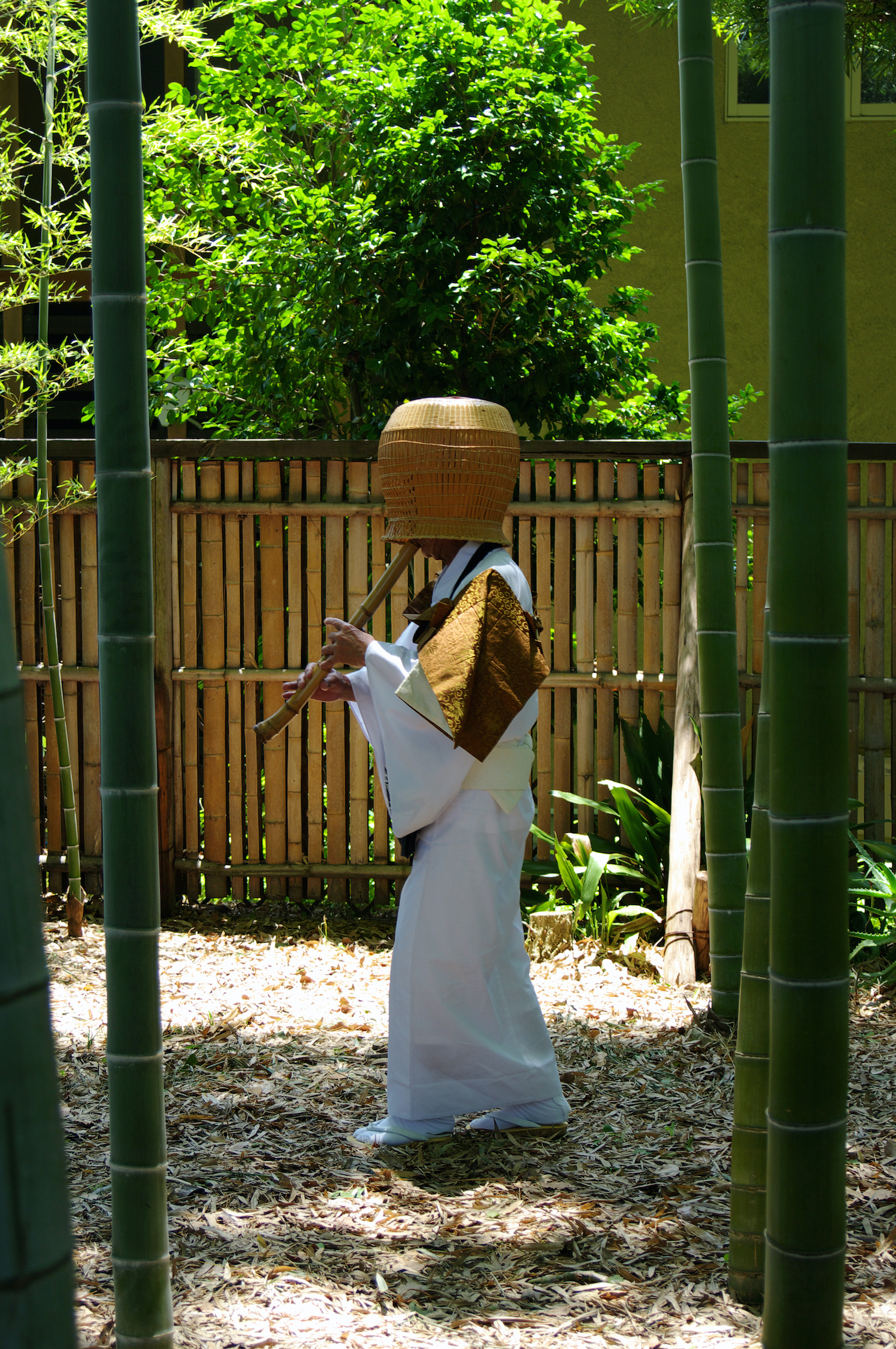
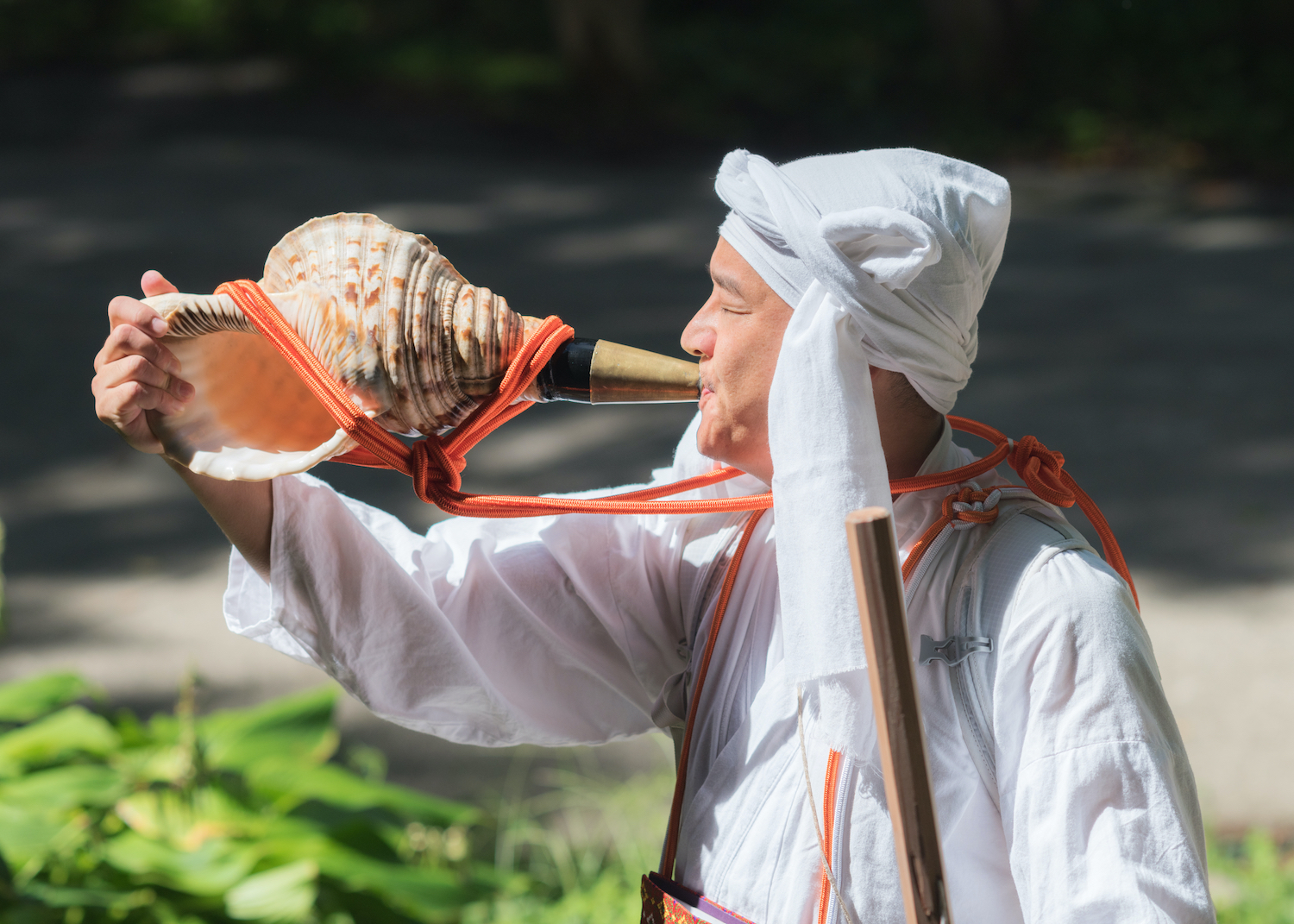
Yamabushi, mountain monks attire facilitated travel, as they were common and could travel freely between political boundaries.
The outfit of peddler was a great cover as well, selling fish, vegetables, or medicine. At the time they didn’t have the developed transportation system, such vendors were the actual transporter of the products.
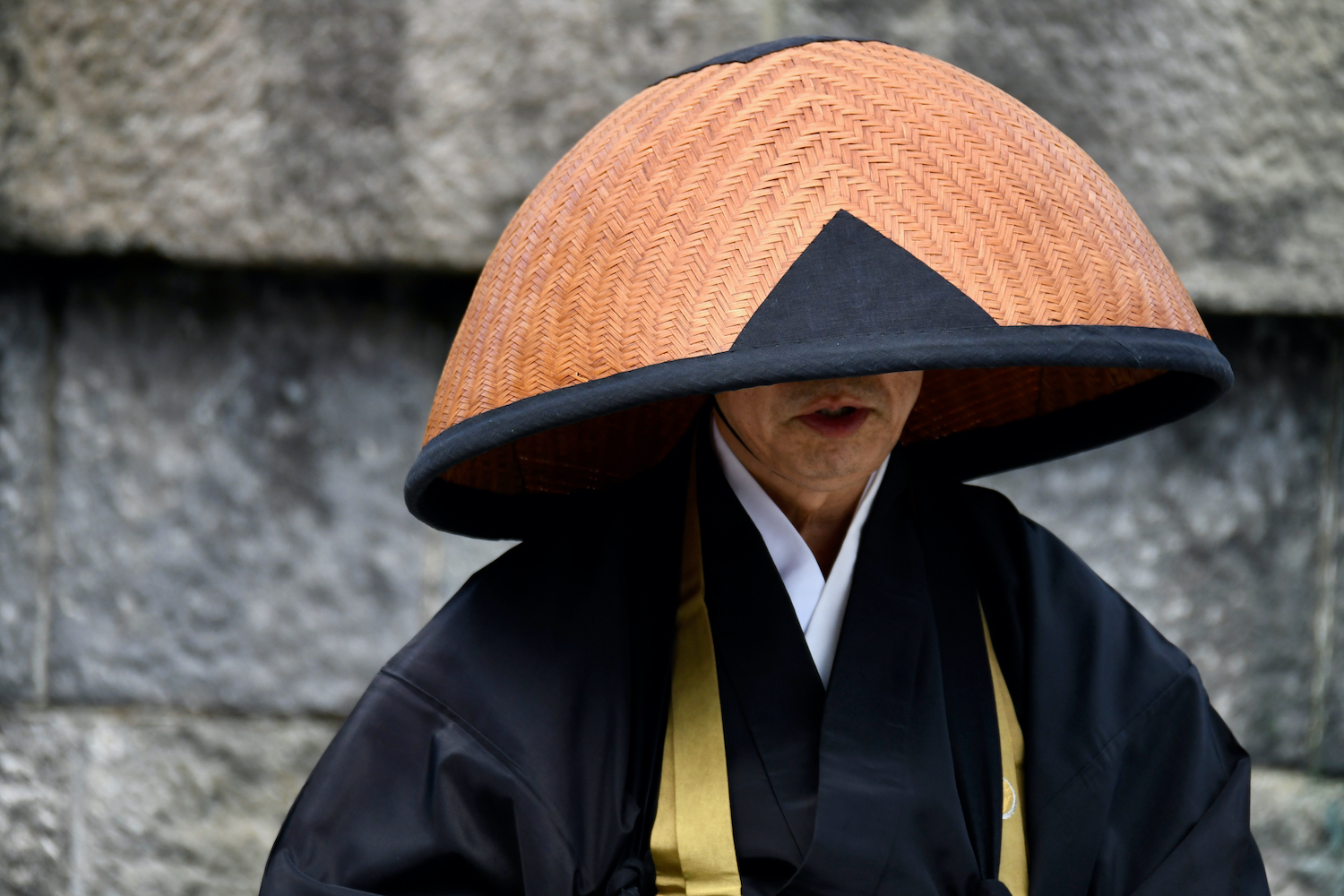
The loose robes of Buddhist priests also allowed the real Ninja concealed weapons such as the tanto (short sword or knife).
Noh actor aka Sarugakushi who was really popular among people and often invited to the castle of a daimyo, they could scope around inside the castle without having suspicious eyes on them.
Noh Theater: Meaning of Masks of “Yugen” Beauty
The real Ninja didn’t just change their outfits to mislead people, but learned each skill required for the outfits to act it out.
In general, they put on the outfits whatever fit in the scene, even on the operation in the evening or night.
Interesting thing is they put on the brownish costumes to blend in, rather than black ones.
They didn’t put on the chain armor since it’s too heavy to flee swiftly.
Tools
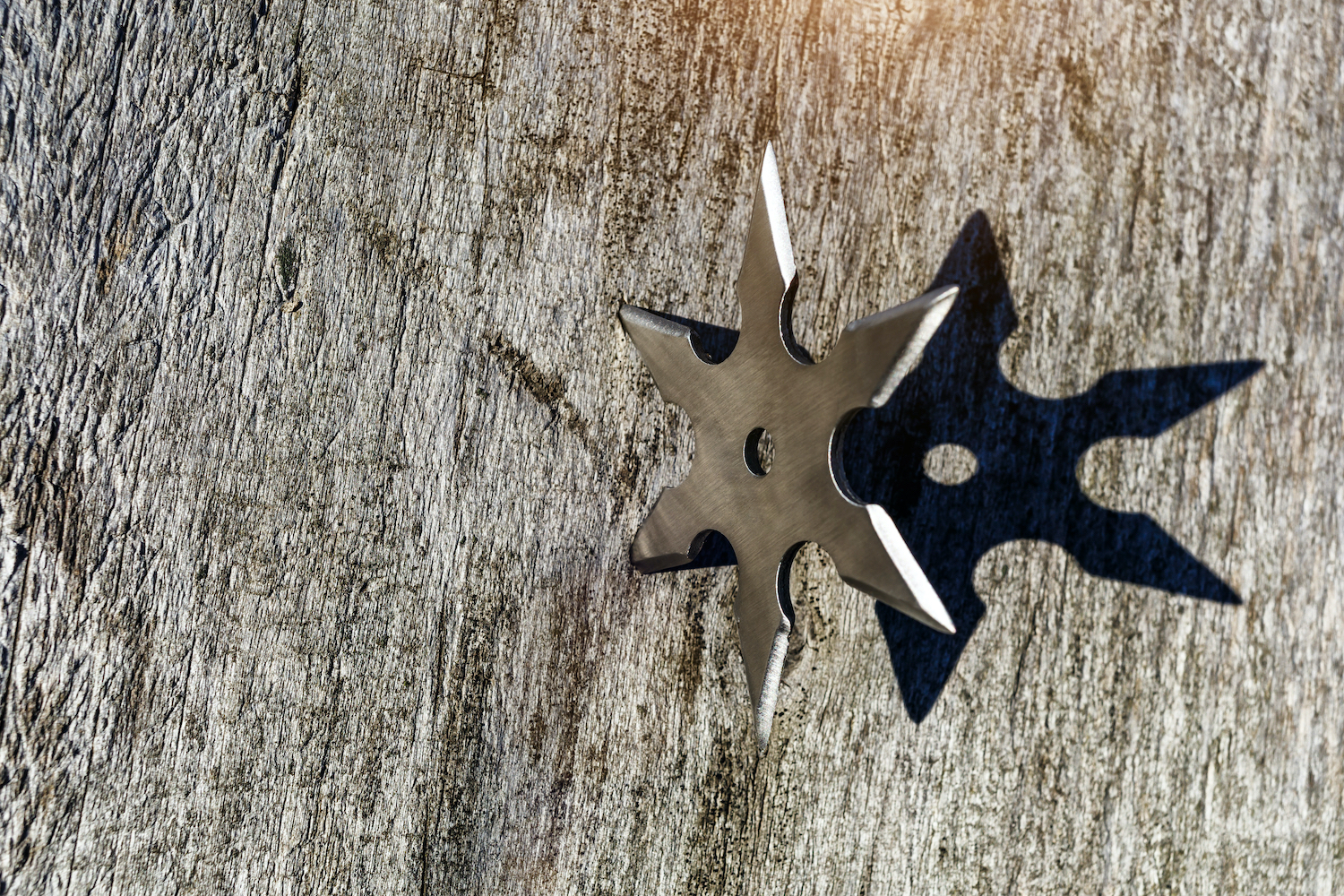
The best scenario of the real Ninja on the mission is not to be seen and to avoid the fight.
The real Ninja sword is to stab, but not to cut. Also, its sheath can be used as a snorkel under the water and a footing to climb on the tall wall since it’s made sturdy.
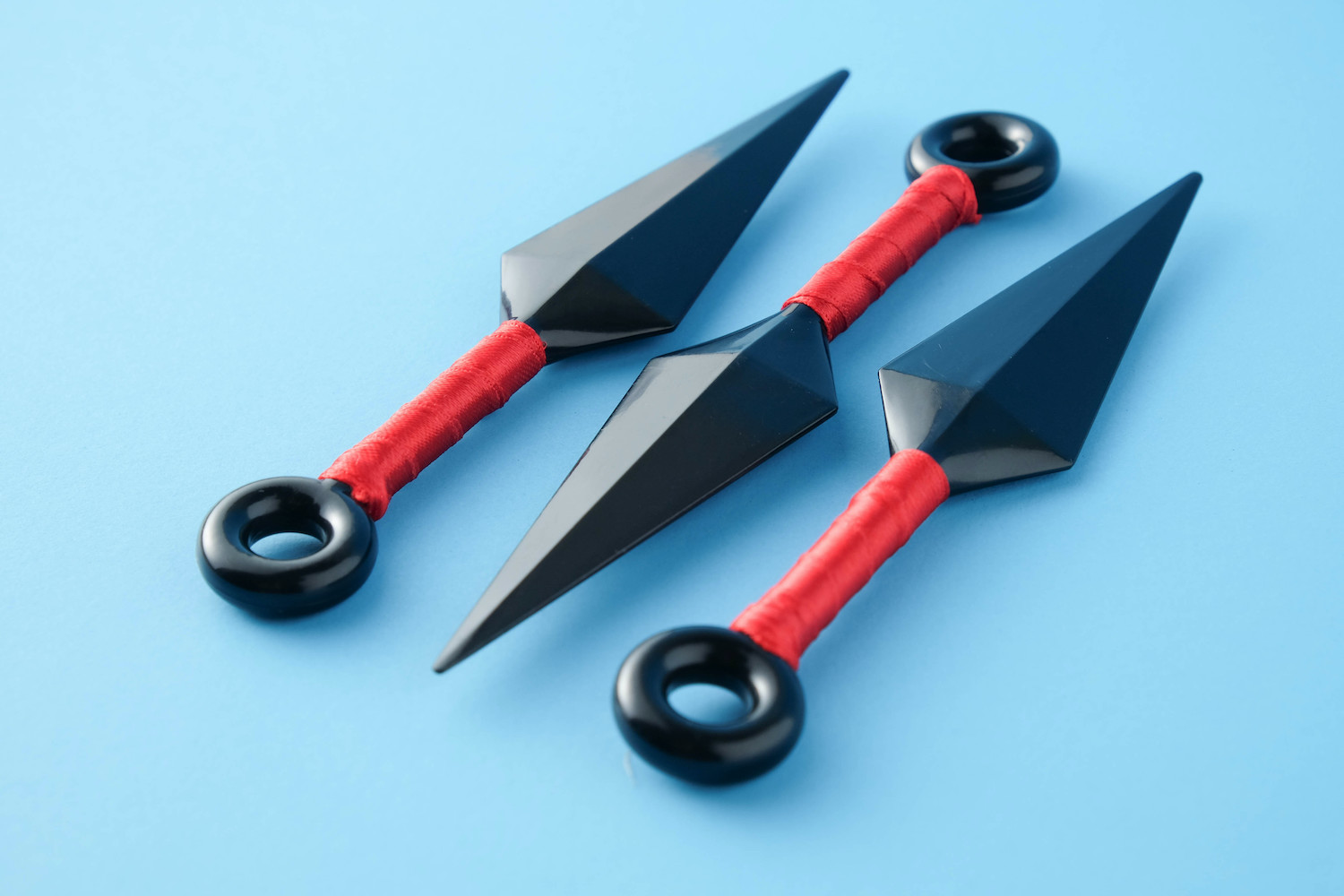
Another kind of knife, the Kunai might have been the most useful tool for them as it can dig, shave the board, and peg the rope onto the ground.
Ropes and grappling hooks were common and were tied to the belt. A collapsible ladder featuring spikes at both ends to anchor the ladder.
Most of the tools they carried were farming implements which nobody would raise an eyebrow.
The tenugui – a piece of cloth, surprisingly, came in handy as it could be used to cover the face, form a belt, or assist in climbing. Other tools include chisels, hammers, drills, picks and so on.
Iga and Koka Clans – Real Ninja
Generally, Iga and Koka were seen in an adversarial relationship, however, it may not have been the case.
It’s said that they were in a cooperative relation unless they were hired by opposing clients.
Numerous Jizamurai hired agents for collecting information and bush fighting to defend the territory. We assume the Ninjutsu has been developed in the course of the time under such condition.
Also, the Kii Island, where Iga and Koka (Koga is reading mistake) located is known for its unique spiritual spots and political loser from the center found an asylum here lay hidden.
Iga and Koka were the largest strongholds which are known for producing professional Ninja.
Their lands compared less suitable for rice farming to other feudal domains which could rely on rice farming for income.
Their regions are close to Kyoto, where the imperial court was and are surrounded by a natural fortress of mountains.
These topographic conditions helped autonomies to develop, to be armed, to form riots and weaken the feudal lord forces.
Iga Clan
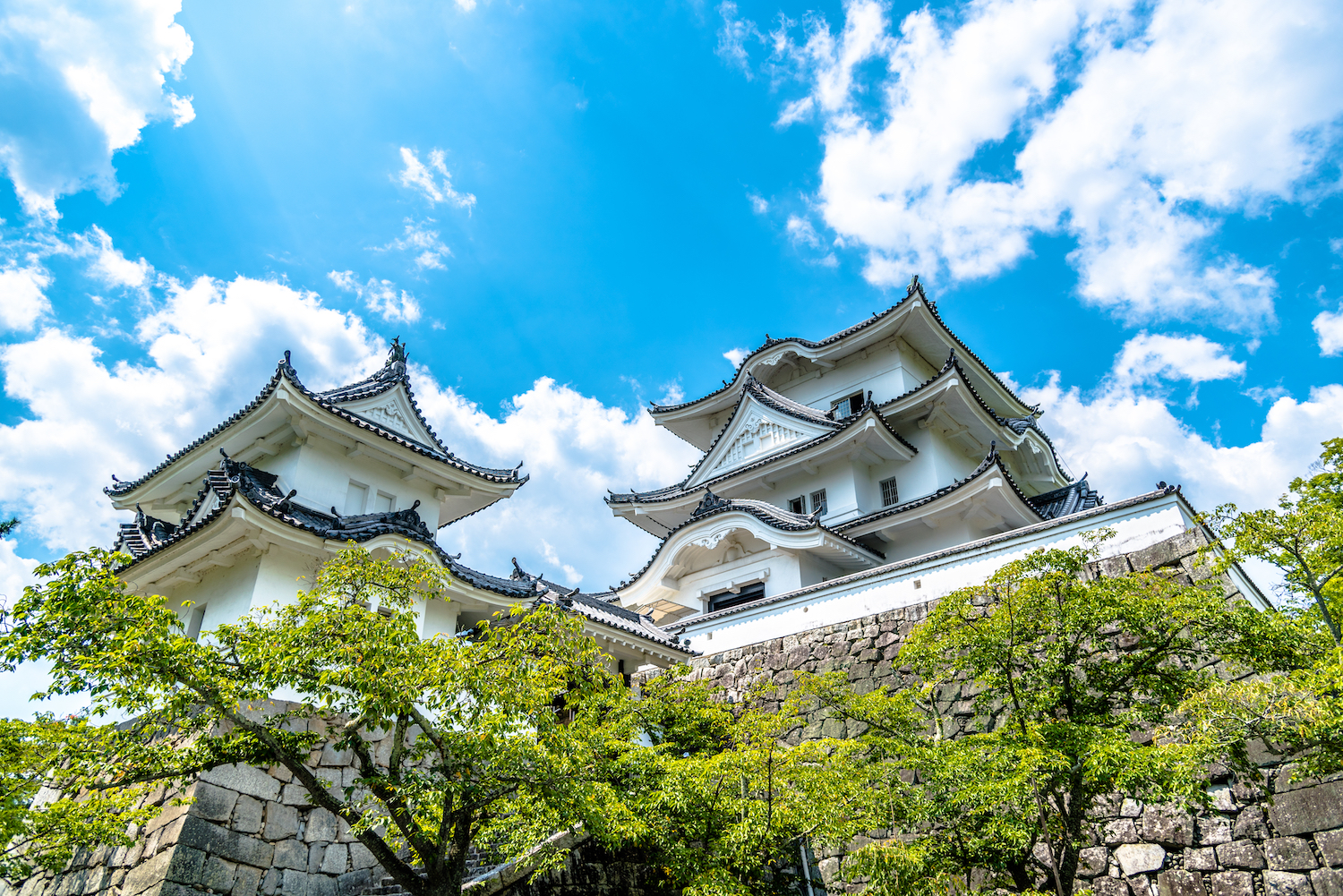
In the era of manorialism, villains were active and it’s considered they would become the Ninja of famous Iga.
The “villains” in this context, they were not bandits, but were kind of landowners who were opposing, resisting, and not following the existing control system.
They gave sneak attacks and caused a disturbance on the lands that belong to such as Todaiji, Kofukuji, and the court.
Some villains came to contact with “Shugendo”, they learned the tactics of Yamabushi and traveled around to gather information.
In the first place, Iga is not the best place for farming since they have argillaceous soil.
It got worse when they had a drought and their paddy fields got catastrophic damage. So they went away to work as mercenary.
Later in the Muromachi period (1336-1573), activities of villains were on the decline.
Instead, Jizamurai (provincial samurai who engaged in agriculture in peacetime) were on the rise called Iga Shu (Iga group).
And they fought in battles as mercenaries who specialized in a night raid and arson which would be called “Shinobi”.
They were organized under the influence of three powerful families, Hattori, Momochi, and Fujibayashi.
Once you intend to run away, which means breaking the code, the death will await you.
Tensho Iga War
Tensho Iga War is the name of two invasions of the Iga province of the Oda clan during the Sengoku period.
Following the Battle of Okehazama in 1560, Oda Nobunaga of Owari province began his rise as a prominent daimyo in central Japan, rapidly expanding his territory.
The province was conquered by Oda Nobunaga in 1581 after an unsuccessful attempt in 1579 by his son Oda Nobukatsu.
Following their defeat, forces from Iga were hired as auxiliary troops by other military forces.
Iga ninja started to be hired by the Edo bakufu because when Tokugawa Ieyasu visited Sakai for sightseeing at the time of the Honnoji Incident (1582).
They escorted and helped him to pass through the Iga Province.
This is only eight months after the Tensho Iga War. They worked as agents to use an intelligence network to monitor regional daimyos (feudal lords) as well as the Imperial court.
Koka Ninja
While Iga Ninja was developed from villains, Koka Ninja has its roots in Samurai who used to serve the Rokkaku clan which was the provincial military governor turned daimyo.
Therefore, unlike Iga Ninja who were strictly professional in their jobs, Koka Ninja is said to be loyal to the client.
The significant feature of the Koka Ninja is that they had the council system like democracy, majority vote did matter which is the stark difference compare to Iga’s organizational operation.
What famous about Koka Ninja is they used to sell medicine, traveling around as a peddler while they were collecting information.
In the Sengoku period, people were more skeptical of strangers. Off the duty, they farmed as well.
The Campaign of Magari
The Campaign of Magari in 1487 marked Mochizuki’s rise to fame. He was under the service of Takayori Rokkaku against Ashikaga Yoshihisa (shogunate).
The Koka Bushidan (the band of Koka Samurai Warriors) played a big role in this battle, its high mobility and tactical capability led people to call them the Koka Ninja.
They were good at foreseeing which clans would go on top and always on the winning horse.
While the real Ninja were active in the Sengoku period, various countermeasures were taken.
Japanese castles were designed to be difficult to navigate, with winding routes leading to the inner compound.
Blind spots and holes in walls provided constant surveillance of these labyrinthine paths, as exemplified in the Himeji Castle.
Japanese Castle: Architecture for the Defense
The Nijo Castle in Kyoto is constructed with long ‘nightingale’ floors, which rested on metal hinges specifically designed to squeak loudly when walked over. The softest steps make it sing like a ‘nightingale’.
If we look at the abilities the Ninja possessed one by one, may not be overwhelming.
Yet, when they are combined it’s more than awesome and no wonder people assumed them as mystical creatures who control the superpowers.
They were experts at communication which means they observe the situation and the people really well and knew how to behave to get the most out of it.
Even just one of their training we practice might give us the advantage of building a better relationship or healthier physical which would only make our lives better.


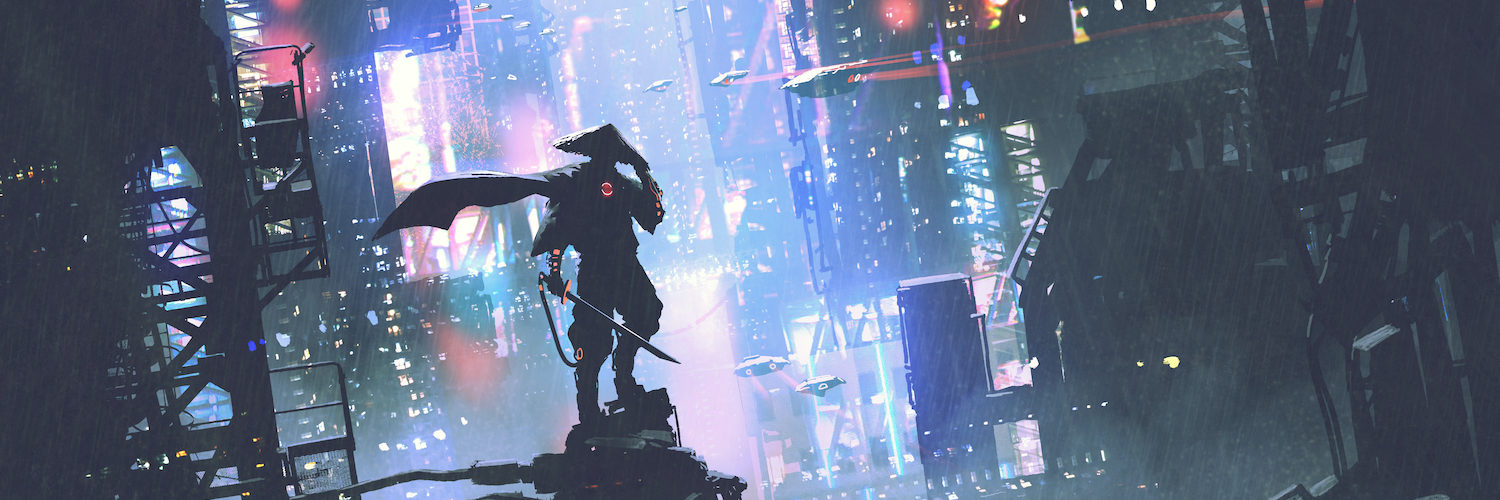





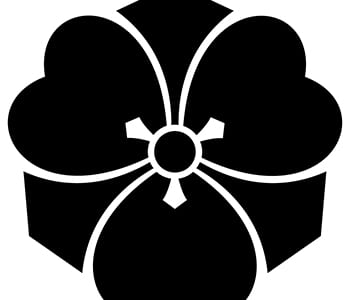
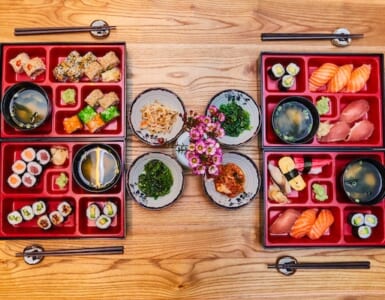
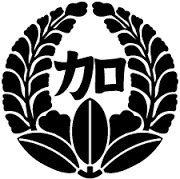


Add comment